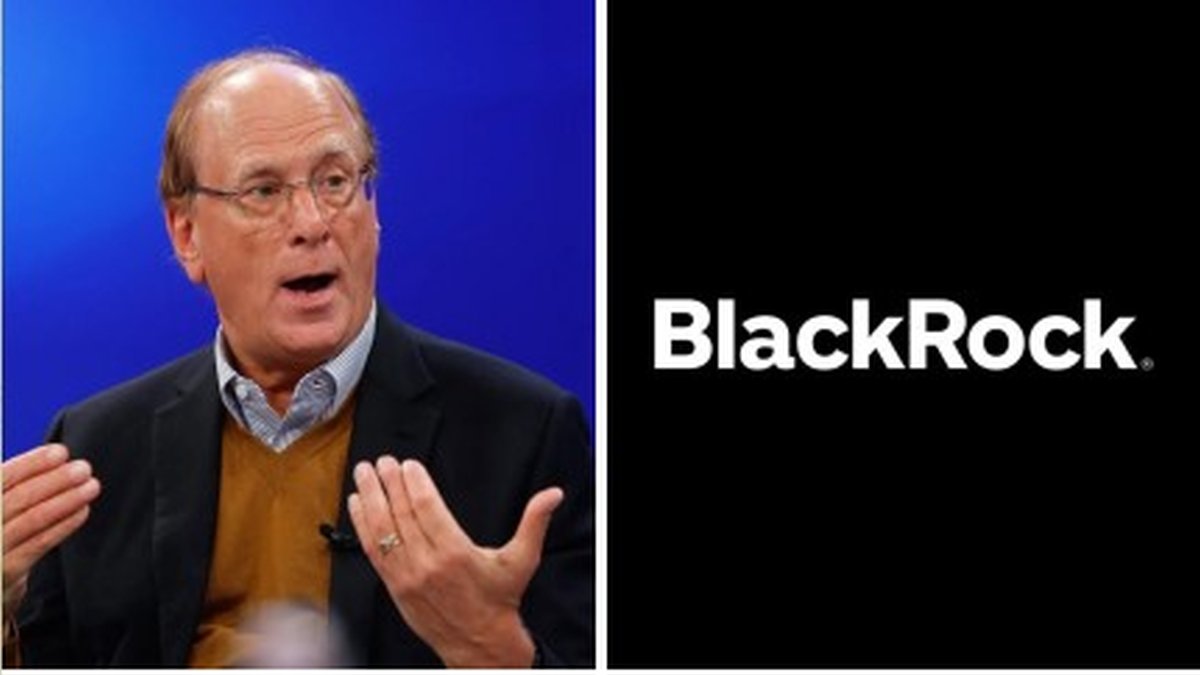At roughly $13.5T AUM, BlackRock’s CEO says digital assets are set for rapid expansion, confirms the firm is developing tokenization capabilities, and presses the U.S. to speed regulatory clarity and investment in crypto innovation.
BlackRock chief executive Larry Fink is stepping up the firm’s digital-asset messaging. Fresh off another quarter in which the world’s largest asset manager swelled to about $13.5 trillion in assets, Fink said the crypto market will expand rapidly, drawing parallels between Bitcoin and gold while underscoring BlackRock’s work to bring traditional securities onto blockchains. The push lands as regulators from London to Washington race to codify rules for tokenized funds and crypto ETFs.
‘There is a role for crypto, like there is for gold’
In weekend remarks covered widely by financial media, Fink characterized Bitcoin as “not a bad asset” and suggested it serves a purpose similar to gold in diversified portfolios. The comments mark a further evolution from his once-skeptical stance and arrive amid heavy use of spot bitcoin ETFs by both retail and institutional allocators.
From funds to rails: BlackRock’s tokenization buildout
Beyond ETFs, BlackRock has been developing its tokenization stack and product set. The firm launched the BlackRock USD Institutional Digital Liquidity Fund (BUIDL) on Ethereum in 2024, using Securitize as the registered transfer agent; by 2025 the vehicle had crossed $1B and introduced additional share classes as institutional usage grew. Reporting in September indicated BlackRock is also exploring ways to tokenize ETFs and other real-world assets, a move that could eventually put mainstream fund wrappers on-chain.
Fink has tied the strategy to a long-held thesis: the “next generation for markets” is tokenization—programmable ownership that could compress settlement times, cut reconciliation costs, and widen access to private markets. That message has recurred in annual letters and public conversations throughout 2025.
Why the timing matters: policy momentum and investor demand
The policy backdrop is shifting. The U.K.’s Financial Conduct Authority recently proposed allowing tokenised investment funds—including on public chains with appropriate controls—opening a path to faster settlement and broader participation. Large asset managers such as BlackRock and Franklin Templeton were cited as key drivers. If adopted, these rules could catalyze cross-border product design and nudge other jurisdictions forward.
Stateside, Fink has warned the U.S. risks lagging on digital-asset innovation without clearer rulemaking. His latest comments echo that theme: accelerating regulatory clarity and investment in digital-asset infrastructure would help U.S. markets stay competitive as tokenization goes mainstream.
What ‘rapid expansion’ could look like
1) Tokenized cash & credit at scale. BUIDL’s growth shows institutional appetites for on-chain cash management. Extending the model to short-duration credit, muni ladders, or private credit sleeves could unlock intraday liquidity, atomic collateral moves, and 24/7 transferability—subject to transfer-restriction logic and KYC.
2) ETF shares as tokens. BlackRock is evaluating the tokenization of funds tied to traditional assets. In practice, that could mean fund shares represented as tokens with embedded compliance, enabling instant settlement in qualified wallets, composable collateral, and programmable distributions.
3) Interop with existing pipes. Any scaled rollout will likely connect to Aladdin—BlackRock’s portfolio and risk platform—so that portfolio managers see on-chain positions alongside traditional custody. That convergence of market data and blockchains is the fulcrum for operational efficiency (and why big allocators care).
Flows tell a story
BlackRock’s latest quarter featured notable inflows across businesses, including a discrete contribution from digital-asset funds—a sign that, despite volatility, institutionally wrapped crypto exposures are becoming part of the toolkit. The firm’s iShares platform has also cleared the $5T mark, underscoring the distribution heft it can bring to any tokenized lineup.
Risks and hurdles
- Policy fragmentation: The U.K. is leaning in, the EU is iterating under MiCA, and parts of Asia are moving quickly. If U.S. guidance lags, product passports and liquidity networks may form elsewhere first.
- Plumbing & custody: Even with transfer agents like Securitize, questions remain about identity standards, key management, and fail-safes for institutional signers.
- Market microstructure: Tokenized funds must coexist with legacy transfer cycles (T+2 moving to T+1/T-instant). Bridging those clocks without creating settlement risk is non-trivial.
Bottom line
BlackRock’s CEO is no longer talking about crypto at the margins. He’s mapping it into market structure: Bitcoin as a portfolio diversifier akin to gold, tokenization as the operating system upgrade for securities, and a call for U.S. policymakers to quicken the pace on rules and public–private investment in digital-asset rails. With roughly $13.5T in client capital and a live tokenized fund already in market, BlackRock’s stance is less a thought experiment and more a roadmap for the next leg of institutional adoption.







